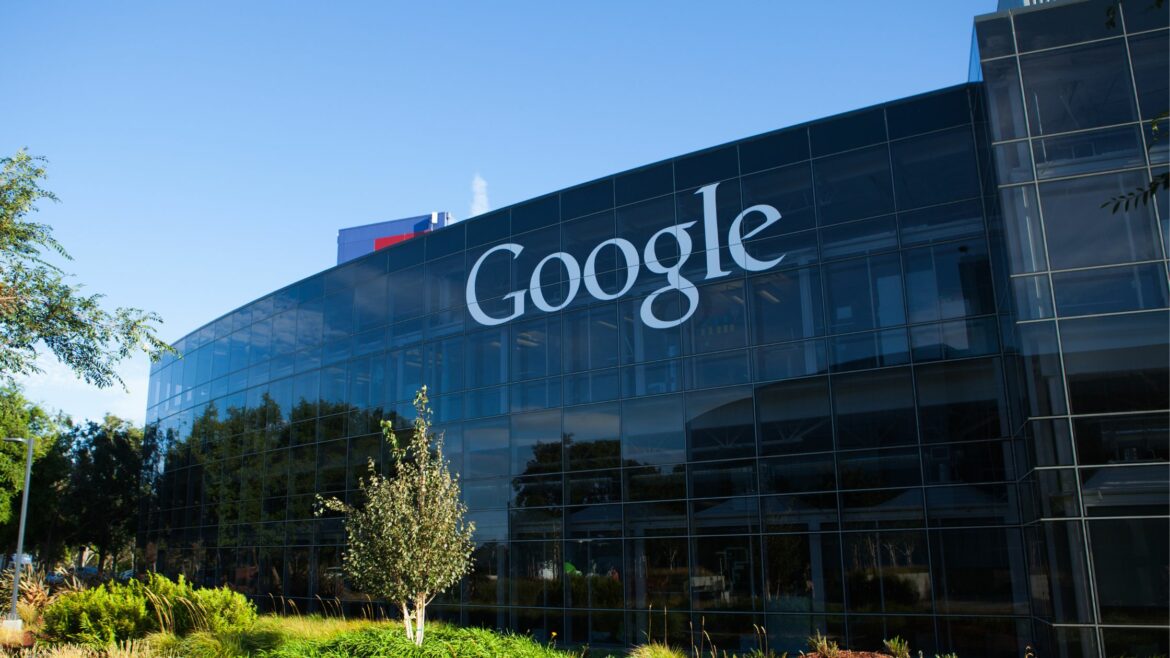Hello there, Time Doctor community! Today we’re bringing you a hot topic making waves in the remote work world. Google, the tech giant known for its innovative work culture, has made a significant move that is shaking up the world of remote and hybrid work.
Here’s what’s happening:
- Google’s HR department has announced a crackdown on employees not adhering to the hybrid work schedule.
- The company now includes office attendance in performance reviews and uses badge data to track it.
- Google’s Chief People Officer, Fiona Cicconi, urged employees to value in-person interactions, stating there’s no substitute for physically coming together.
- The company has encouraged remote workers who live near a Google office to consider switching to a hybrid work schedule, highlighting the benefits of connection and community in physical office spaces.
- Going forward, fully remote work will only be granted in exceptional cases.
Digging deeper: The why behind the move
Google’s shift in policy is largely driven by the belief that in-person work yields better results. The company has argued that many of their successful products were conceived, developed, and built by teams working side by side.
The policy updates represent Google’s most stringent attempt yet to return employees to physical offices. As we move further away from the height of the pandemic, Google has been actively trying to encourage employees back into the office, even dropping its Covid vaccine requirement to enter buildings in April.
It’s interesting to note that in 2021, after facing backlash for returning to offices, the company relaxed remote work plans and said it expected to let 20% of employees telecommute. However, by April 2022, most employees were expected to be in physical offices at least three days a week.
A balancing act: Hybrid work and business needs
While Google is trying to bring employees back to the office, it’s also careful to note that its hybrid approach combines the benefits of in-person collaboration with the advantages of remote work.
Google spokesperson Ryan Lamont said, “Our hybrid approach is designed to incorporate the best of being together in person with the benefits of working from home for part of the week. Now that we’re more than a year into this way of working, we’re formally integrating this approach into all of our workplace policies”.
The bigger picture
Google’s policy change comes at a time when the company is in the midst of an artificial intelligence arms race, positioning itself against rivals like Microsoft and OpenAI. This context may explain some of the urgency behind the push for more in-person work.
However, the move also coincides with the company downsizing its real estate footprint as part of broader cost-cutting measures. Google’s cloud unit has announced a transition to a desk-sharing workspace in its five largest locations and has paused construction on its massive San Jose, California, campus.
What this means for remote and hybrid work
Google’s back-to-office move has sparked much conversation about the future of remote and hybrid work. While the company’s shift towards a more traditional work model might seem at odds with the trend toward more flexible work arrangements, it’s a reminder that companies will continue to adapt and evolve their work policies to meet their unique needs and challenges.
Stay tuned to Time Doctor for more updates on the changing landscape of remote work. Remember, whether you’re working from an office or home, Time Doctor is here to help you stay productive and balanced in your work life.
Keep it real, stay dependable, and remember we’re all in this together! Happy working!

Carlo Borja is the Content Marketing Manager of Time Doctor, a workforce analytics software for distributed teams. He is a remote work advocate, a father and a coffee junkie.


